Just a few quick thoughts that passed through my mind between clients yesterday evening. In fact, these may have been ALL my thoughts for the day:
- There is something special about watching heavy dead lifts done by a client who has just rehabbed from lumbar disc bulges and a surgery.
- Bio-Freeze gel is like a magical potion condensed in a tube; how do they get all that coldness squished up in there?
- Every single day I become more aware of just how important your glutes are. And by “your” glutes, I mean glutes in general, not your glutes specifically. Although, you should take care of your glutes.
- There are a lot of people out there with some form of back pain. And a large proportion of them have sadly resigned themselves to living with it instead of trying to fix it.
- Most of them have some form of glute involvement, dysfunction or amnesia.
- Chin ups, pull ups and all their variations are very satisfying to do. It reminds me of when I was a siamang in a past life. What’s more satisfying, though, is seeing an adult client do one for the 1st time ever in his life.
- Why does it seem so hard to break bad habits and so hard to form new ones? Damn you and your ilk, Haagen Dazs! Why can’t I just put the tub down before it’s empty?
- When done correctly, glute bridges will really make the backside burn. And make you walk all funny after. I’ve just come to realize that I may be a little glute obsessed.
- Computers really make me slouch. A lot. For long periods of time. And I know better. Must work on awareness.
- I love my job. I get to help some pretty amazing people get back to doing the things they want to do. My clients are simply awesome.
Dev Chengkalath

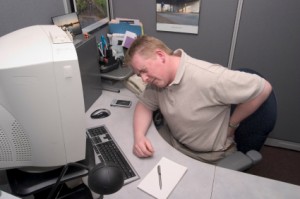
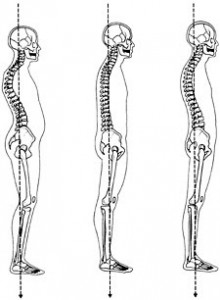








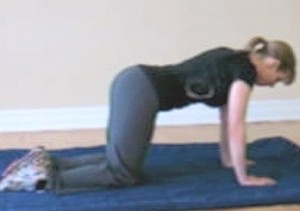
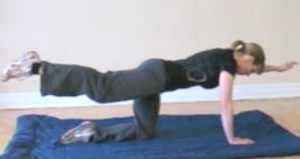
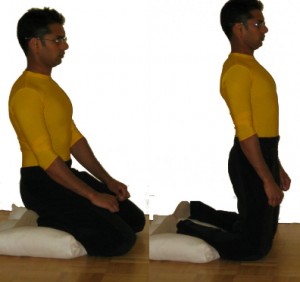
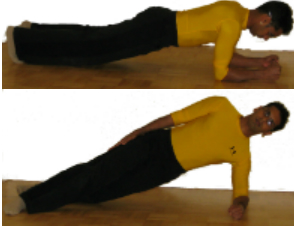
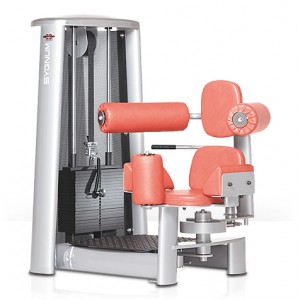
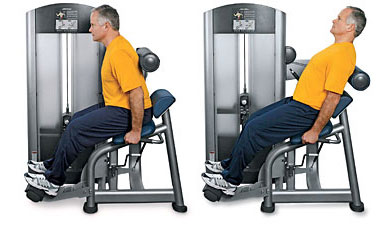
(inside Peak Performance Golf)